Puppy training pads should be changed every 4–6 hours to maintain cleanliness and prevent odours. Consistent pad changes are crucial for effective house training.
Puppy training pads play a vital role in helping pet owners house train their furry companions. However, knowing how often to change these pads is essential for maintaining a clean and odor-free environment. Regularly changing puppy training pads every 4–6 hours ensures that your puppy has a fresh and clean surface to use for their potty training needs.
This practice helps in reinforcing good behaviour and promotes a hygienic living space for both you and your pet. By adhering to a consistent pad changing schedule, you can effectively train your puppy and minimize accidents in the house.
What Is Puppy Training Pads
Puppy training pads are essential for new pet owners who want to train their puppies on where to relieve themselves. These pads are designed to absorb urine and faeces, making it easy to clean up after your puppy. In this article, we’ll be discussing the benefits of using puppy training pads and how typically you should change them.
Why Use Training Pads
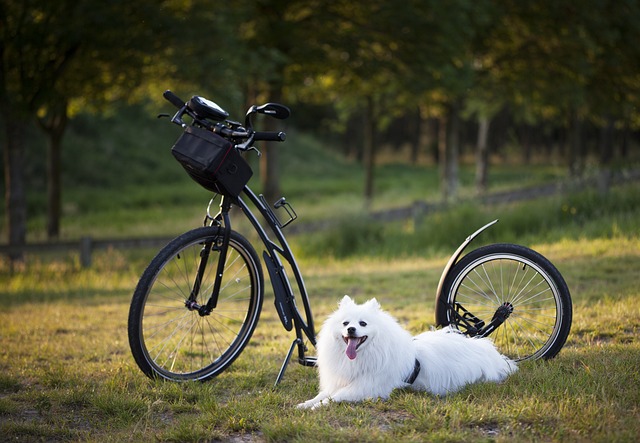
Training pads are designed to help pet owners house train their puppies. They provide a designated area for your puppy to relieve themselves, which helps to prevent accidents around the house. Puppies have small bladders, so they need to go frequently, and training pads make it easier for them to do so.
Benefits For Puppies And Pet Owners
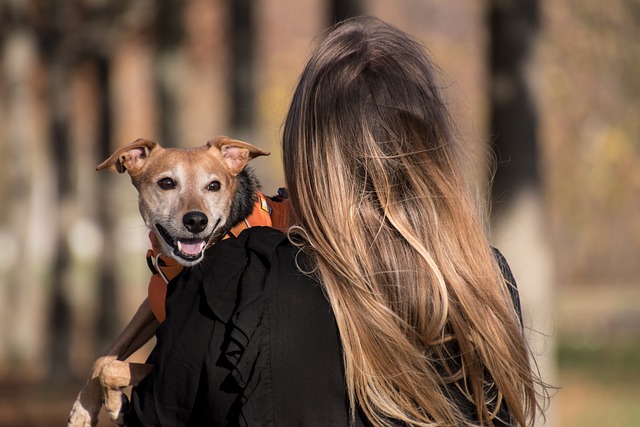
Puppy training pads offer several benefits for both puppies and pet owners. Some benefits include:
| Benefits for Puppies | Benefits for Pet Owners |
|---|---|
|
|
Changing puppy training pads regularly is essential to maintain their effectiveness. The frequency at which you should change them depends on many factors, including your puppy’s age and activity level.
Factors That Influence Pad Changing Frequency
Factors That Influence Pad Changing Frequency:
Puppy Age And Bladder Control
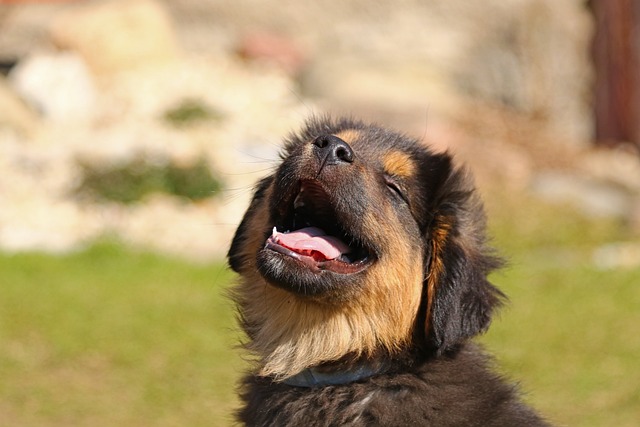
Puppies have limited bladder control, requiring more frequent pad changes.
Size And Absorption Capacity Of The Pad
The size and absorption capacity of the pad dictate how often it needs changing.
Recognising A Soiled Pad
It’s essential to recognize when your puppy’s training pad requires changing to maintain cleanliness and ensure effective potty training. By understanding visual cues and considering odour and hygiene, you can determine when it’s time to replace the pad.
Visual Cues To Look For
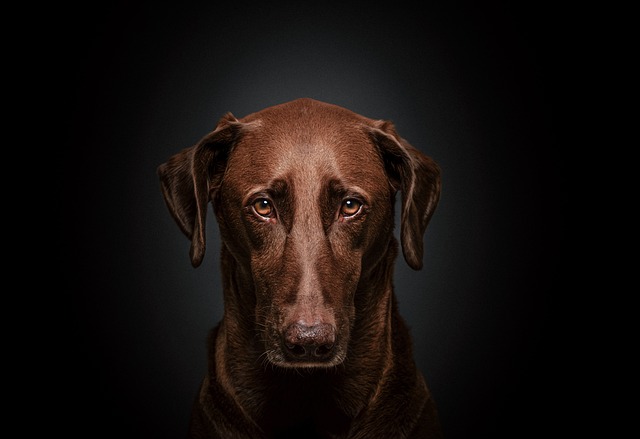
When checking the training pad, look for visible signs of urine or faeces. Wet spots or discolouration indicate that the pad has been soiled. Additionally, observe if the pad is torn or shredded, as this may also signal the need for a replacement.
Odour And Hygiene Considerations
In addition to visual cues, pay attention to any unpleasant odours emanating from the pad. Proper hygiene is crucial for your puppy’s health and well-being. Ensure that the pad is changed promptly to prevent the build-up of bacteria and maintain a clean environment for your pet.
Average Lifespan Of Training Pads
When it comes to puppy training, using training pads can be a convenient solution for indoor potty training. However, knowing how often to change these pads is crucial for maintaining a clean and hygienic environment for your furry friend. Let’s have a closer look at the average lifespan of training pads and some important considerations for selecting the right type.
Disposable Vs. Washable Pads
When deciding on the types of training pads to use, pet owners typically weigh the pros and cons of disposable versus washable pads. Disposable pads offer the convenience of easy disposal, making them ideal for pet parents with busy schedules. On the other hand, washable pads are a more sustainable and cost-effective option for those looking to reduce waste and save money eventually.
Manufacturer Guidelines And User Experiences
It’s important to consider the manufacturer’s guidelines for the average lifespan of training pads, as these recommendations can vary depending on the brand and material. Additionally, seeking insights from other pet owners and their experiences with different types of pads can provide valuable real-world feedback to inform your decision.
Health Risks Of Infrequent Changes
Bacterial Growth And Infections
Hazardous Effects On Puppy Behaviour
Creating A Consistent Changing Routine
Setting A Schedule
Establishing a regular schedule for changing your puppy’s training pads is crucial for effective training. Consistency helps the puppy understand the routine and reinforces the desired behaviour. Set specific times throughout the day for pad changes, such as after meals, playtime, and before bedtime. This consistent schedule will help your puppy learn where and when to relieve themselves.
Incorporating Pad Changes Into Training
Integrating pad changes into your puppy’s training regimen is an essential part of the learning process. When your puppy successfully uses the pad, change it promptly to maintain cleanliness and reinforce positive behaviour. Ensure that each pad change is accompanied by verbal praise and possibly a small treat to encourage the desired action. This positive reinforcement will help your puppy understand the purpose of the training pads and promote consistent use.
Troubleshooting Common Issues
To ensure effective puppy training, it’s essential to change training pads frequently for cleanliness and odour control. Regularly replacing pads promotes consistent training habits and a hygienic environment for your puppy’s development.
Puppy Resists Using The Pad
Encourage your puppy with positive reinforcement and consistency.
Leakage And Overflow Problems
Ensure the pad is changed frequently and properly disposed of.
Alternatives To Training Pads
When it comes to puppy training pads, it’s important to change them frequently to maintain cleanliness and hygiene. Depending on your puppy’s age and habits, you may need to change the pads every 2–4 hours to ensure a clean and comfortable training environment.
Regular changes can help in effective potty training and prevent unpleasant odours.
Training pads are a popular option for pet parents to help house-train their puppies. However, they may not be the best fit for every pet and household. Alternatives to training pads include outdoor training, litter boxes, and crate training. Each of these options has its advantages and disadvantages, so it’s important to choose the one that best fits your lifestyle and your pet’s needs.
Outdoor Training Advantages
Training your puppy to go potty outside has numerous benefits. For one, it helps them learn to associate going potty with being outside. Additionally, it helps keep your home clean and odor-free. Outdoor training is also a great way to ensure your puppy gets plenty of exercise and fresh air.
If you live in an flat or don’t have access to a yard, outdoor training may seem difficult. However, you can still train your puppy to go potty outside by taking them on regular walks and using a designated spot.
Transitioning From Pads To Outside
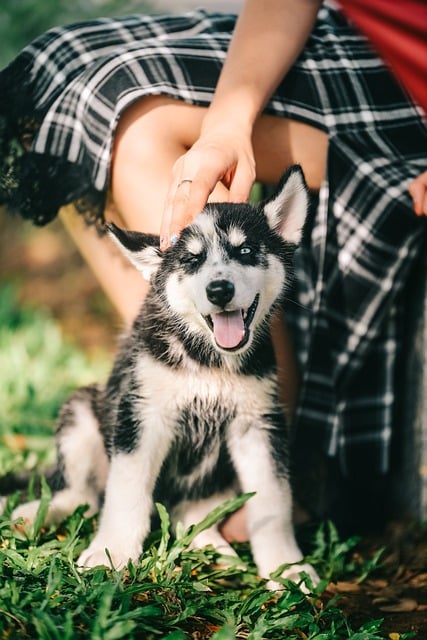
If you’ve been using training pads but would like to transition your puppy to going potty outside, it’s important to do so gradually. Start by moving the training pad closer and closer to the door. Once your puppy is consistently using the pad near the door, start taking them outside to the designated potty spot.
Be patient with your puppy during this transition and reward them for going potty outside. It may take some time for them to fully adjust, but with consistency and positive reinforcement, they will eventually learn to go potty outside.
Overall, there are many alternatives to training pads that can be just as effective in house-training your puppy. Outdoor training has numerous advantages, and transitioning from pads to outside can be done with patience and consistency. Choose the option that best fits your lifestyle and your pet’s needs.
Frequently Asked Questions
How Long Should I Use Puppy Pads?
You should use puppy pads until your puppy is consistently using them for potty training. Monitor progress and gradually transition to outdoor potty training.
Should You Leave Pee On A Puppy Pad?
No, you should not leave pee on a puppy pad. It’s best to clean it promptly to maintain hygiene and prevent odours.
How Many Puppy Pads Should You Put Down?
Place 1-2 puppy pads in the designated area. Adjust based on your puppy’s size and how often they go.
How Often Do You Wash Puppy Pads?
Wash puppy pads every time they are soiled to maintain cleanliness and prevent odours. Regular washing is key.
Changing puppy training pads frequently is crucial for maintaining hygiene and promoting successful potty training. By adhering to a regular schedule and providing positive reinforcement, you can effectively teach your puppy proper bathroom habits. Consistency and patience are key, and by following these guidelines, you can ensure a smooth and successful training process for your furry friend.
